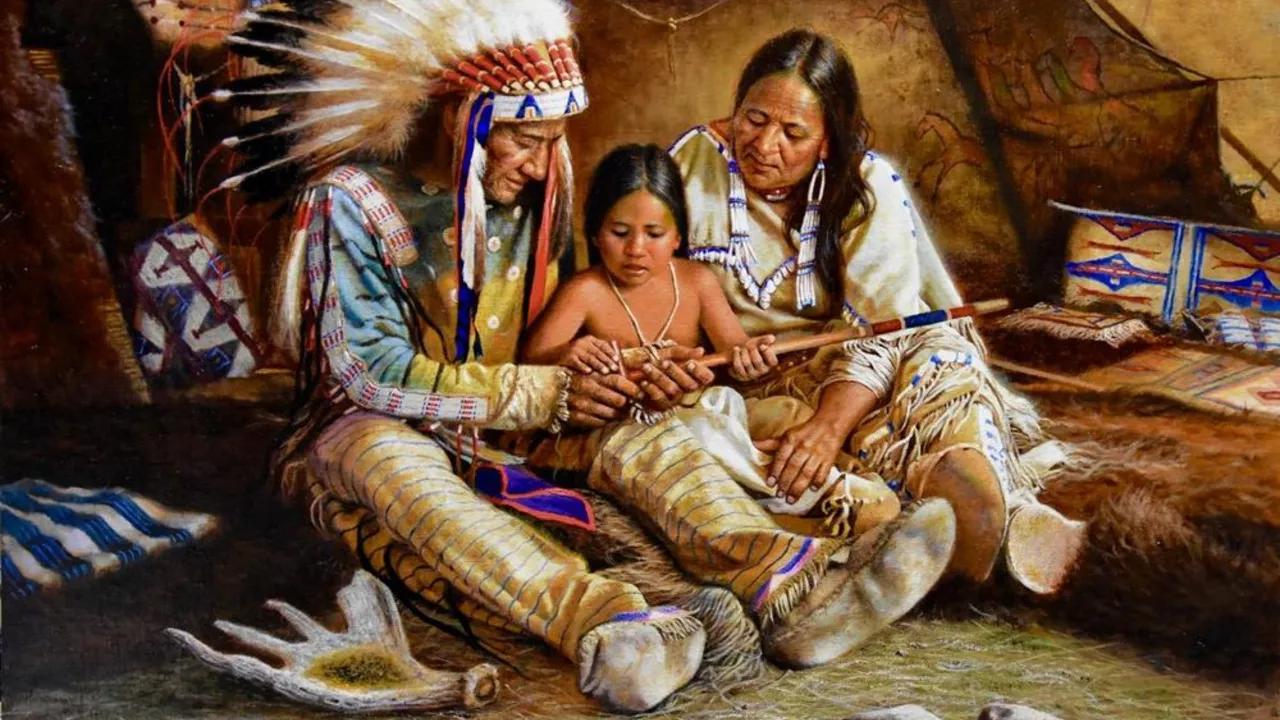Native American Tribe: History, Culture, and Teaching Opportunities
If you’re curious about native american tribes, you’re in the right place. This guide breaks down the basics—who the tribes are, what makes their cultures unique, and how you can work with them in schools or community programs. No jargon, just clear facts you can use right away.
Understanding Tribal History
Every tribe has its own story, but most share a few common threads. Before Europeans arrived, native peoples lived in diverse environments—from the deserts of the Southwest to the forests of the Northeast. They built complex societies, traded over long distances, and developed sophisticated art, language, and governance. When colonization began, many tribes faced forced relocation, broken treaties, and cultural suppression. Today, they’re reclaiming their languages and traditions while navigating modern challenges.
One practical way to learn more is to visit a tribal museum or cultural center. Most centers offer free tours, short videos, and interactive displays that highlight key events, such as the Trail of Tears or the revitalization of the Navajo language. These visits give you a solid background before you step into a classroom or community setting.
Teaching and Working with Indigenous Communities
Schools across the country are adding native american studies to their curricula. If you’re a teacher, start by incorporating tribal perspectives into history lessons—use primary sources like oral histories or tribal newspapers. Simple changes, like adding a native author’s poem to an English unit, can make a big difference.
Many tribes run their own education programs, from early‑childhood centers to adult‑learning workshops. To get involved, reach out to the tribal education department and ask about volunteer or job openings. They often look for people who respect cultural protocols, are willing to learn the local language basics, and can help design curriculum that aligns with tribal values.
When preparing lesson plans, focus on relevance. Talk about contemporary tribal issues—land rights, environmental stewardship, and economic development—alongside historical content. This approach shows students that native american tribes are not just a chapter in a textbook, but living communities shaping the future.
If you’re hunting for education jobs, check the tribe’s official website, the U.S. Department of Education’s tribal schools page, and job boards like Education Job Insider. Keywords like “indigenous education coordinator” or “tribal curriculum specialist” will pull up the most relevant listings.
Finally, remember that building trust takes time. Show up consistently, listen more than you speak, and ask the community how you can support their goals. When you do that, you’ll find rewarding work that benefits both students and the tribe.

The Chumash Indians are a fascinating group with a rich history worth exploring. They were one of the earliest tribes in California, known for their advanced knowledge in astronomy and boat engineering. They were skilled craftsmen, creating intricate basketry and beadwork. Their society was complex and organized, with a well-defined political structure and religious practices. Sadly, like many native tribes, their population drastically declined due to European colonization but their legacy continues to influence California's cultural landscape.
Continue Reading





